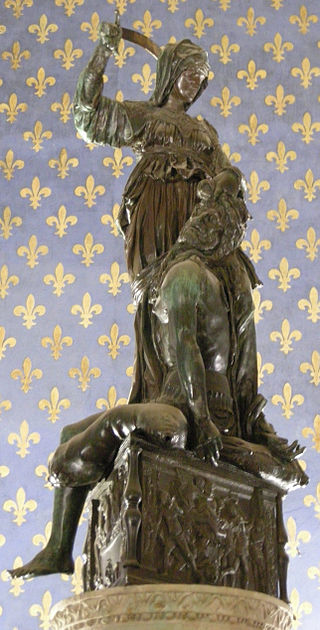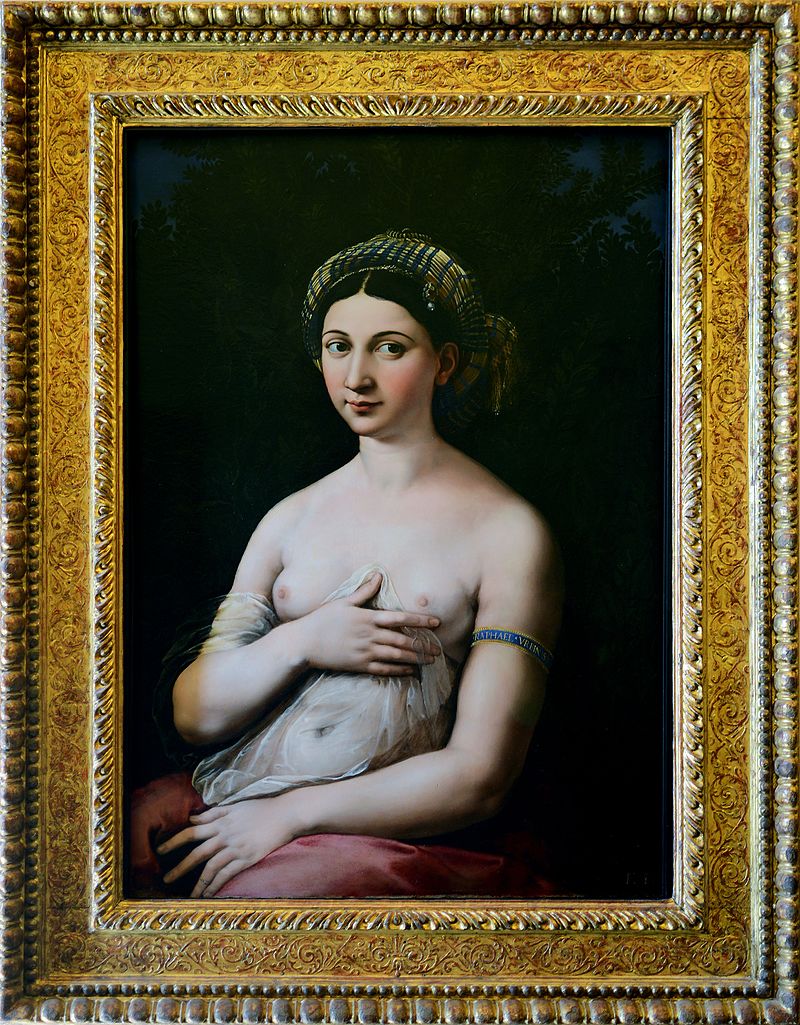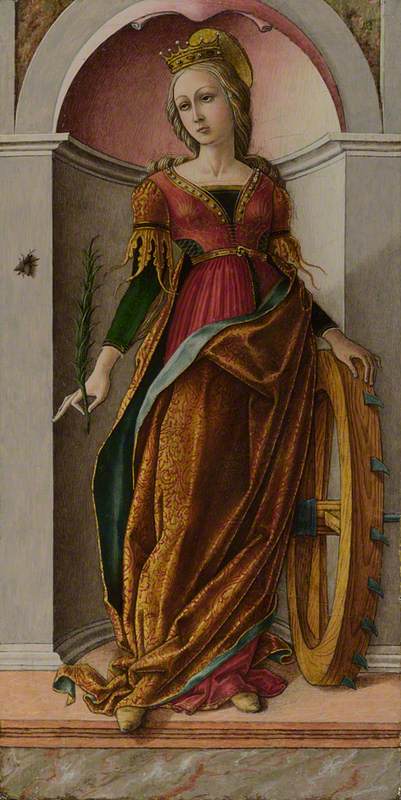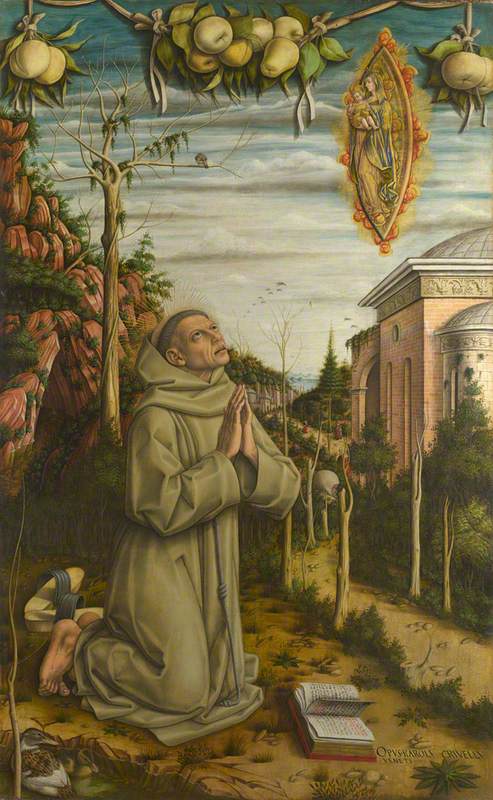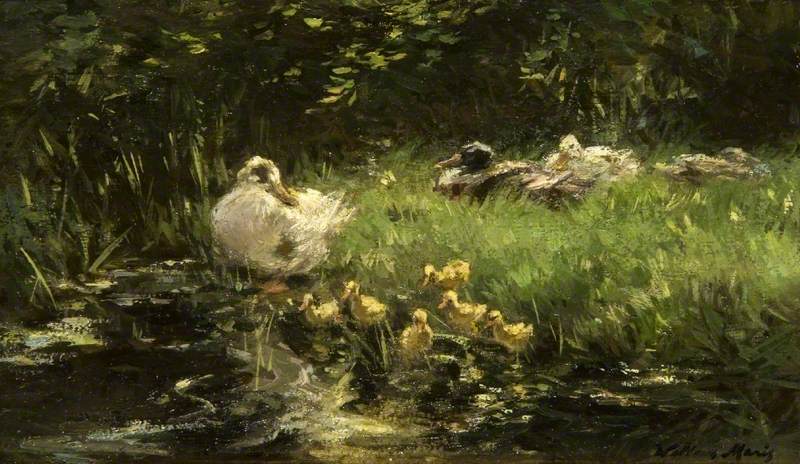About 20 miles east lies another remote rural church, St Mary's at Kempley. A plain, and oddly pink-painted on one wall, exterior belies an interior of ghostly faint Romanesque frescoes, long hidden beneath white-wash and now revealed as an echo of what must have been a glorious sight. The church and the earliest frescoes in the chancel date from about 1130 and depict the Apocalypse. On the ceiling, Christ sits in majesty on a rainbow surrounded by angels and the symbols of the evangelists, his hand raised in a blessing that is intended both for the apostles who line the walls, their heads tilted towards him, their hands raised in surprised wonder, and the priests who stood below to administer the Mass. Above the chancel windows, their deep bays exaggerated by foreshortened chequering, sit representations of Jerusalem as the heavenly city.
The complexity and completeness of this decorative scheme would have been only just visible to the general congregation, but there are fragments of later murals in the nave. High on the wall above the chancel arch and now barely visible, is scene of the three Marys at the tomb; but this is actually the scene reenacted by priests, bringing the Bible to life for their illiterate audience. Elsewhere the murder of Becket, St Michael weighing souls and St Christopher are all visible. Most intriguingly, there is a Wheel of Life, dating from the 15th century: indistinct now, it would have once shown the 10 ages of man from cradle to grave, surrounding a central figure of Christ. The random positioning of these remaining designs, and their spread throughout the nave, suggests that once, on the eve of the Reformation, the whole small church would have been exuberantly decorated.
It is easy to forget, that what we now see as art or history, or as something with spiritual significance, was in the late Medieval period, a piece of total education, designed to bring knowledge, fear, hope and obedience to a population for whom churchgoing was a basic reality of life. What are now quiet rural backwaters, with a musty smell of disuse were active and alive - funerals and christenings, sermons, music, confession, candles. What now remains is a fractional glimpse of that reality. The Kilpeck sculptures would have been painted, their blank eyes drawn in, their costumes coloured - it would have been gaudy, perhaps more like a Hindu temple than a Christian church to modern sensibilities, certainly more like a Spanish Catholic shrine. The Kempley paintings would have been bright and all but overpowering, like a glorious frescoed chapel in an Italian duomo. And what we also forget, is that these churches are a rarity because of the rampant iconoclasm which the Reformation unleashed in England, leaving a terrible legacy of destruction and loss which is somehow swept under the carpet of history. Search out these small treasures and rejoice in the anonymous craftsmen who made them and the society which took pleasure and comfort from such creative beauty.


